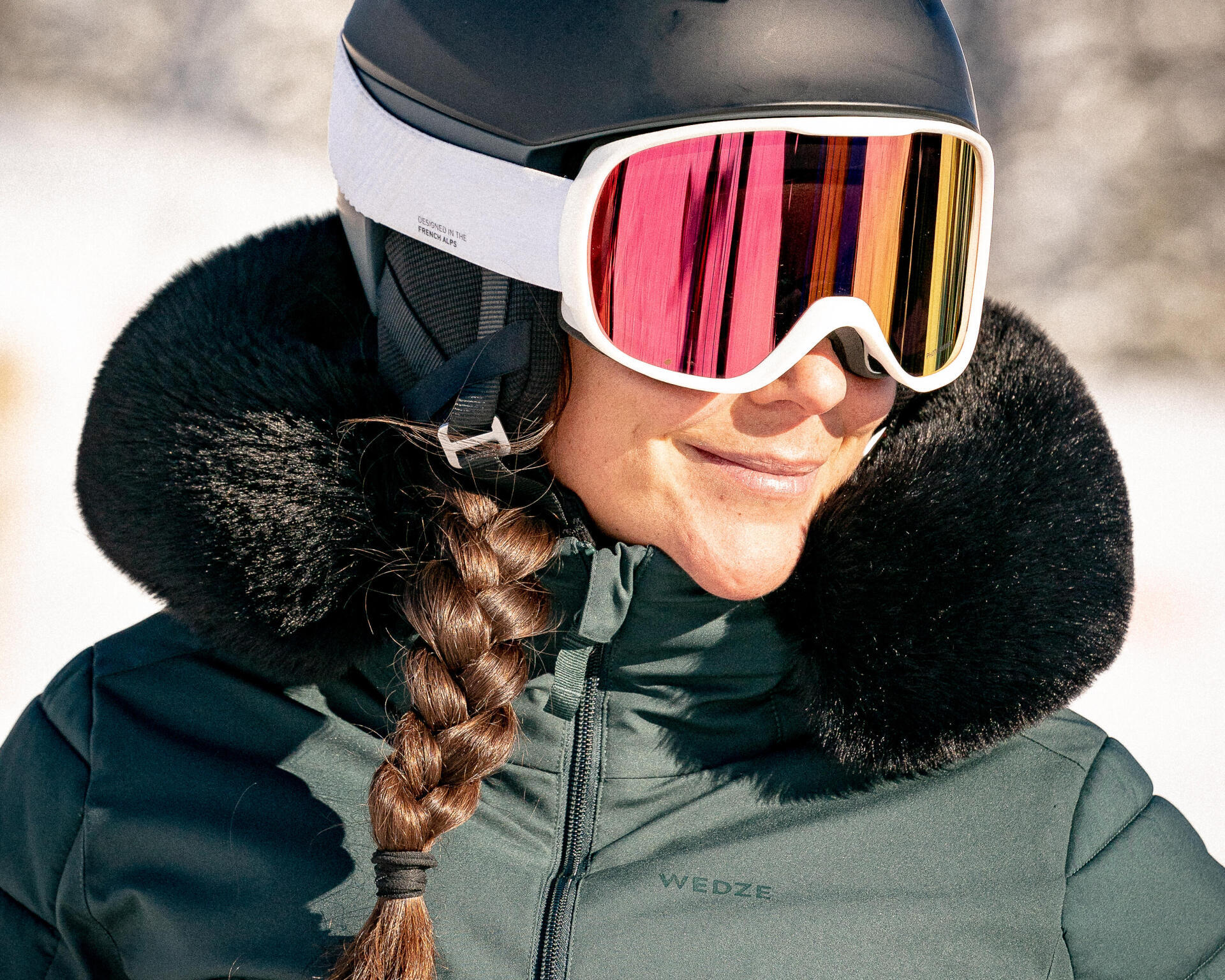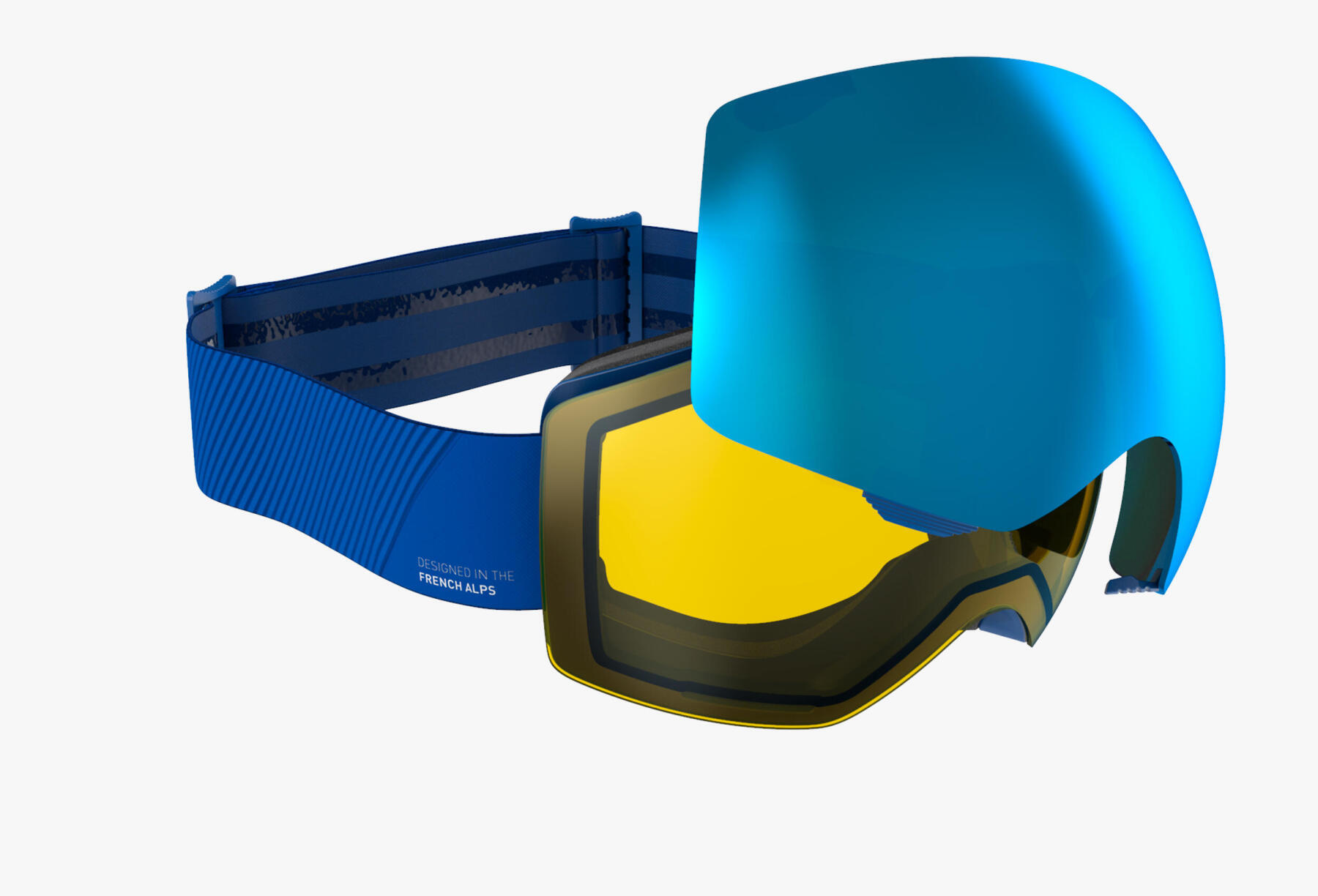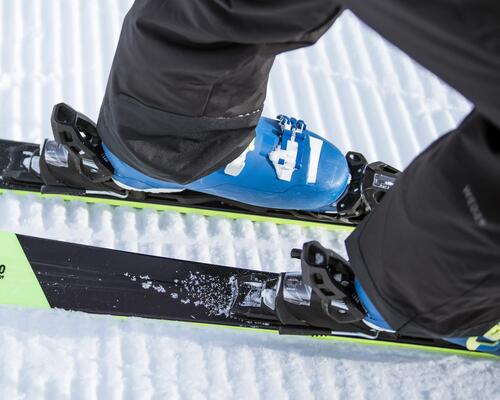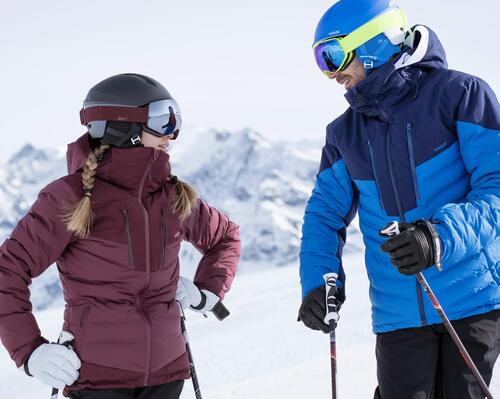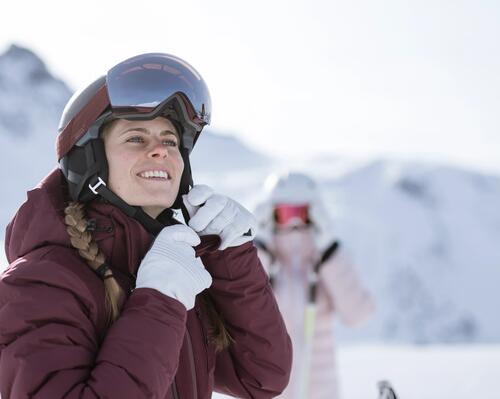Combine style and protection with your ski goggles
So too bad about the tan marks - they’ll just remind you of good times spent skiing ! Because not protecting your eyes in the mountains exposes you to painful eye damage, and possible premature ageing of the eyes.
What if wearing goggles was above all a matter of style? You wouldn't hesitate to get one. So treat yourself! The goggles currently available are real fashion accessories that will complement your outfit to perfect your style.

